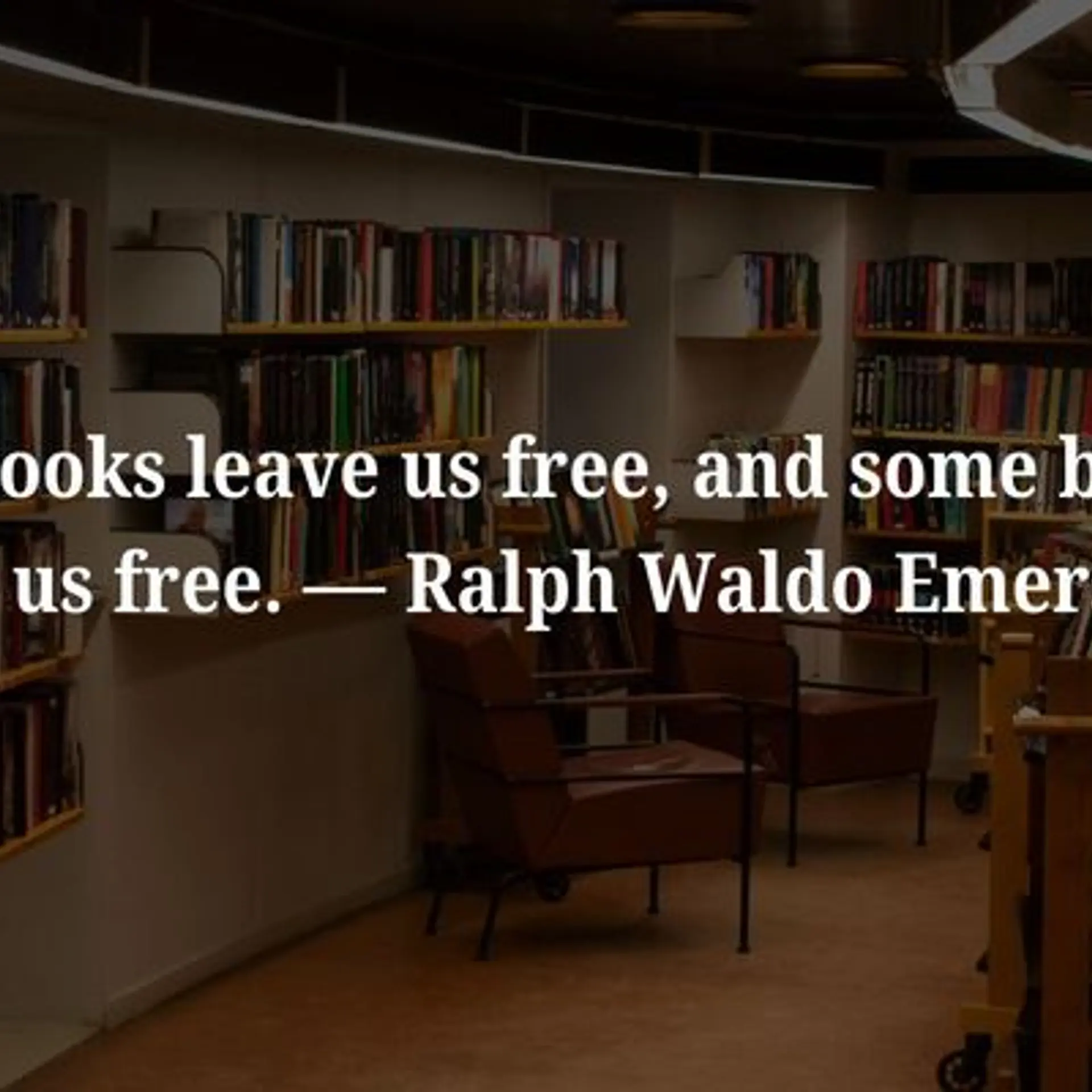[Product Roadmap] How CashFlo is using tech to meet the credit needs of more than 50,000 SMEs
In this week’s Product Roadmap, we feature CashFlo, a fintech startup that solves for all credit needs of SMEs and MSMEs. In four years, the startup has touched over 50,000 SMEs.
Financial services and large-scale transactions have been a part of Ankur Bhageria’s life for 25 years.
Growing up, he saw hundreds of small and mid-sized businesses turn to the family business for liquidity and funding. One of the key pain points for these businesses was payment delays from customers.
MSMEs typically waited on payments for 30-90 days, based on the standard credit period of their buyer – this was often further delayed due to processing and invoicing procedures.
“Then there were often delays over and above the standard credit period. MSMEs struggled for cash and went to banks/NBFCs for short-term financing. The cost was high, and all this needed a lot of paperwork, effort, and provision of collateral. Just because payments had not come from buyers,” Ankur says.
Realising that he needed to solve for this problem, Ankur and Dushyant Agarwal in 2017 founded Cashflo, a multi-funder platform that offers a one-stop solution for financing the entire supply chain.
Claiming to be India’s first end-to-end supply chain finance platform that unlocks working capital trapped in the supply chain, the fintech startup helps provide credit to SMEs of varying sizes and forms.
What does it do?
CashFlo’s range of innovative solutions helps vendors and dealers get access to affordable short-term capital at the click of a button, and enables corporates to optimise their working capital, improve bottom line and increase topline materially by enabling flow of funds to the supply chain.
It works with leading Indian corporates across industries, including most of India’s largest business houses such as Tata Group, Aditya Birla Group, Vedanta, Arvind Limited, Haldia Petrochemicals, and a 50,000+ strong SME network.
“When I dug deeper, I realised that the Indian lending ecosystem has solved only less than 5 percent of the overall need that exists. Today, over all there’s Rs 9 lakh crore+ of payables to MSMEs from mid and large corporates and, on the other hand, Rs 8 lakh crore of cash sitting with corporates earning sub-par returns. Add to this, the challenges of getting formal external funding,” he says.
Ankur wanted to build a solution that could solve these big problems faced by all MSMEs by addressing the core issue: availability of sustainable sources of financing. “This is the core mission of CashFlo.”
Researching the market
Before founding CashFlo, Ankur spoke to over 300 MSME vendors to understand the problem and create an initial product definition. The insights he gleaned included the fact that invoice discounting had never achieved its true potential in the Indian market and that the cost of financing gap between buyers and sellers led to lowered participation and lowered returns for the buyer.
It was clear that a true dynamic discounting solution was needed and that this tech-enabled product could not be a generic solution for all MSMEs.
“The product also needed to address India-specific needs such as GST, CIBIL scores, festival-specific business cycles, regional languages, and much more,” Ankur says.
Vendor delight was key, which led to the identification of certain “must-haves”:
- Instant sanction: Vendors could not be made to wait for days to know whether they would get the financing. Every hour counted as they often tried to avail of it during an urgent/emergency situation.
- Flexibility: The ability to avail funds at convenience was critical to give them control of their finances and their business cycles.
- Focus on Indian language: Many MSMEs were never given invoice discounting options in a form and language that they were comfortable with.
Key elements of the product
With research in place, the team started building the product.
Building financial products for MSMEs is difficult, especially if you are meddling with their payables and supply chain. In their initial days, the team was lucky to get a break with a mid-sized manufacturing company willing to try the solution for their vendors.
“When we deployed the solution in their supply chain, starting with the first five vendors, we realised how much they needed a solution like this. Some were using it to pay their own employee salaries, others to purchase goods for new orders from other customers. Since then, we have grown to a network of 50,000+ SMEs and are efficiently handling multiple use-cases for their various needs,” Ankur says.
CashFlo has a lineage of 25+ years in financial services and the group has successfully disbursed over Rs 2200 crore in capital so far.
The platform combines full integration with all major TReDS platforms, and offers an AI/ML-based rate determination engine, best-in-class vendor digital onboarding processes, and 100+ years of combined enterprise transformation experience.
The company is backed by leading investor Elevation Capital, and angel investors Ashish Iyer, Anjali Bansal, Kartik Sheth, and Arpan Sheth, among others. It raised Series A funding led by Elevation Capital in 2019.
CashFlo solves several solutions for both MSME vendors and large corporates:
- MSMEs often have a cash crunch that affects day-to-day operations, and it can be tough for them to obtain quick funding from banks and NBFCs. CashFLo’s platform allows MSMEs to request early payment on invoices pending with their buyers, at a time, amount, duration, and rate of their choice. They receive instant sanction on the request and payment within a matter of days.
- Buyers get cost savings on invoices, in the form of “discounts” on requested early payments from their vendors. These savings accumulate as direct bottom line gains for the buyer. The CashFlo platform allows these cost savings to scale significantly as a significant proportion of a buyer’s vendor base requests early payments through the platform.
- The team is able to provide similar working capital support on the other side of the supply chain - to a manufacturer’s dealer network. Based on their purchase history, the team can provide immediate working capital to distributors so they are not affected by delayed payments from retailers or reduced business like during the COVID lockdown.
- Manufacturers greatly benefit as distributors now purchase or “pick up” stock on a predictable and regular basis, and are able to plan their manufacturing accordingly.
- The PO to Pay Automation suite allows buyers and vendors to track all payments - from the initial purchase order to final payment, reconciling discrepancies between POs and invoices, and ensuring e-invoicing and GST compliance along the way. “This immediately reduces the time for an invoice to be approved, and made available for early payment, and helps ensure GST compliance across the entire supply chain network,” Ankur says.
Today, CashFlo has expanded its product portfolio to cover every aspect of the supply chain - dealer financing, export/import financing, PO, invoice automation, and even pre-shipment financing.
The startup has also onboarded 20+ external financiers - banks and NBFCs - to support non-cash-rich buyers. Several dozen supply chains have also been onboarded, and the MSME network has been expanded to 50,000+. Several back-end developments ensure quick and seamless integration with buyer ERPs, banking, and payment systems.
Focus on liquidity
The team started with a focus on mobilising liquidity from corporate treasuries to vendors. Over time, it added external lenders to the platform to cater to the segment of corporates starved of liquidity.
“As early as 2018, we realised that corporates want flexibility in their funding sources and a pure treasury-funded, dynamic discounting platform would not be sufficient. So, at a time when hybrid funding model was not heard of, we decided to partner with TREDS to enable external funding on CashFlo platform,” Ankur says.
This allowed buyers to choose their funding source (own treasury or external funds through TREDS), while their vendors had a unified experience on the platform.
Today, CashFlo has expanded with access to 15+ banks and NBFCs, covering all vendor financing product structures and driving coverage of the entire vendor base, MSMEs, and non-MSMEs.
“The first product prototype was something that I sketched in a notebook, onboarded UI/UX freelance designers, and had them build out the wireframes. Luckily, I knew a few SME owners and was able to do rapid iterations with them,” Ankur says.
He adds they work for hours to understand specific pain points and needs, trying different journeys. He reached out to a classmate from his engineering days and discussed the idea with him.
"He had his own product development studio and we decided to join hands. He wrote the first lines of code for CashFlo. We ensured a multi-tenant architecture from day 1, and designed the platform so that any company could play the role of a buyer or a supplier on the platform, anticipating network effects and cross-sell opportunities that would arise in the future,” Ankur says.
Looking at the future
The team also invested in robust data security - a “clear non-negotiable”.
“One of our key learnings was to play out the product roadmap beyond the MVP and think about the potential and future use of the platform. This long-term thinking, coupled with deep research about issues, allowed us to create a very robust architecture,” Ankur says.
The product was in the beta phase for six to nine months. During this time, the pricing engine was reworked a few times at the backend and tested for multiple user journeys. However, the first product was far from optimal - it required the team to continuously handhold corporates.
“We made multiple iterations and moved to self-service, which took us around two years. We also realised that a one-size-fits-all approach did not work,” he says.
The customers needed flexibility to take money on demand; some wanted the flexibility of discounting only certain invoices, others wanted to discount only on a scheduled date every month, some really small vendors preferred vernacular languages, and many more such use cases.
“We started building customised journeys catering to the needs of the diverse Indian market. We’re constantly evaluating how we can create more delight for users,” Ankur says.
The biggest eureka moment was when the team realised there was a better, faster, easier way to provide affordable credit - and that was from corporate treasuries.
"They are sitting on lakhs of crores of capital with a cost of capital that rivals that of banks - so we decided to go after that. And today a large part of our business is driven by funding from corporate treasuries,” Ankur says.
The MSME sector is growing at a fast clip, and its contribution to India’s GDP continues to soar. According to Confederation of Indian Industry (CII), MSMEs contribute 6.11 percent to the manufacturing GDP, 24.63 percent to the GDP from service activities, and 33.4 percent to India's manufacturing output.
Startups operating in this space include Indifi, Lendingkart, Flexiloans, NeoGrowth, Vivriti Capital, Shubh Loans, Happy Loans, KhataBook, and OkCredit.
In FY21, CashFlo registered a 400 percent Y-o-Y growth and clocked in a throughput of over Rs 2,200 crore. It processed over 35,000 invoices drawn by large corporates and small and medium enterprises.
“We expect to build on this momentum even further in FY22. We are aiming to grow our network 10X and help bridge the credit divide by becoming the backbone of Indian supply chains. We’re constantly looking at adding innovations to cater to more use-cases. We believe that’s what will create a long-term moat,” Ankur says.
Edited by Teja Lele


![[Product Roadmap] How CashFlo is using tech to meet the credit needs of more than 50,000 SMEs](https://images.yourstory.com/cs/2/a9efa9c02dd911e9adc52d913c55075e/Imagejl5e-1624602517007.jpg?mode=crop&crop=faces&ar=2%3A1&format=auto&w=1920&q=75)
![[Product Roadmap] How CleverTap used AI and ML to help Nykaa, Zomato, AirAsia, and Dream 11 engage users](https://images.yourstory.com/cs/2/a9efa9c02dd911e9adc52d913c55075e/Product-Roadmap-1623767830740.png?fm=png&auto=format&h=100&w=100&crop=entropy&fit=crop)
![[Product Roadmap] With Grofers, Dunzo, Udaan as clients, how fintech startup Recko uses tech to simplify reconciliation](https://images.yourstory.com/cs/2/a9efa9c02dd911e9adc52d913c55075e/PRM-1623156539786.png?fm=png&auto=format&h=100&w=100&crop=entropy&fit=crop)
![[Product Roadmap] Transport management startup Chalo is using tech to make public transport reliable](https://images.yourstory.com/cs/2/a9efa9c02dd911e9adc52d913c55075e/Chalofeatureimage-11-1622549163715.png?fm=png&auto=format&h=100&w=100&crop=entropy&fit=crop)
![[Product Roadmap] How FlexiLoans tapped tech and SaaS to disburse over Rs 1,000 Cr in SME loans](https://images.yourstory.com/cs/2/a9efa9c02dd911e9adc52d913c55075e/PRM-1621949075933.png?fm=png&auto=format&h=100&w=100&crop=entropy&fit=crop)




